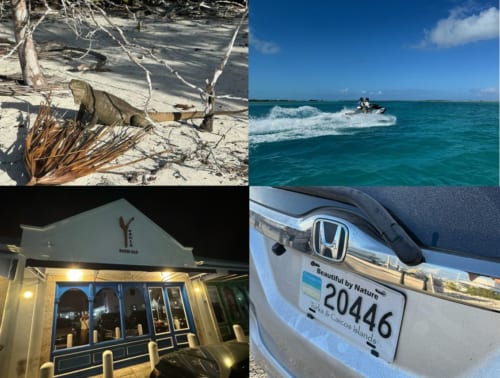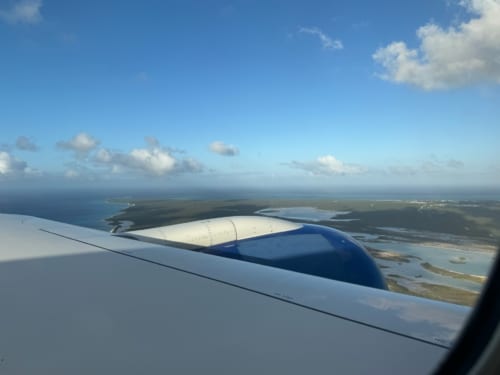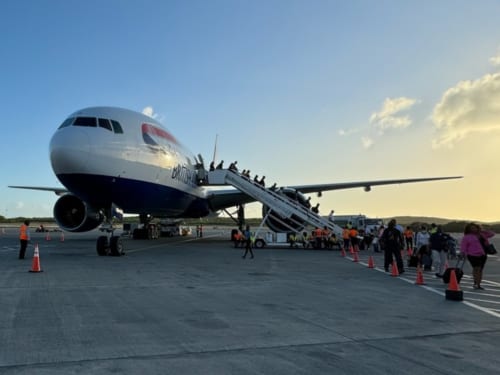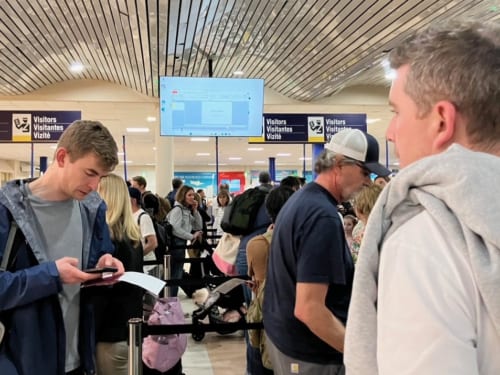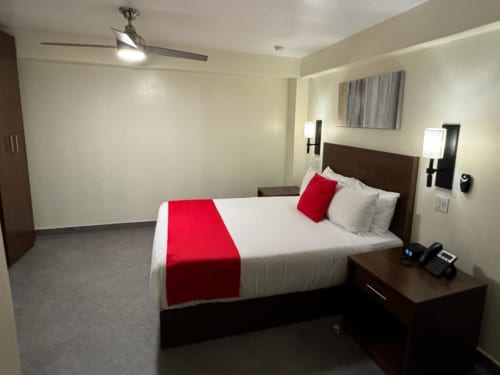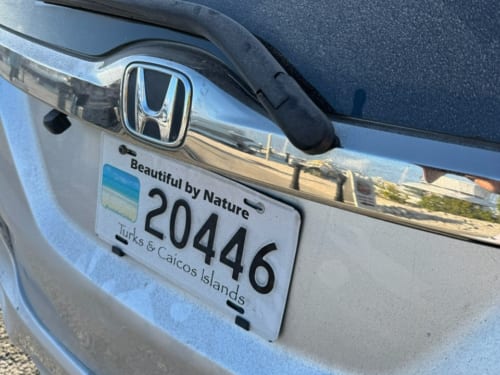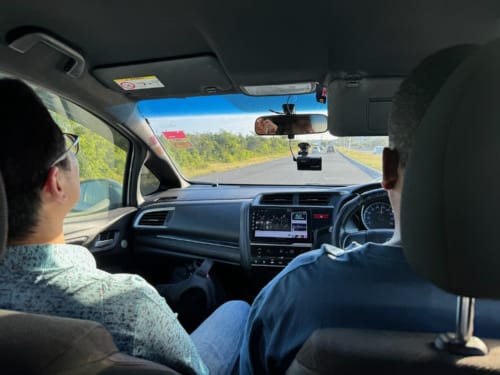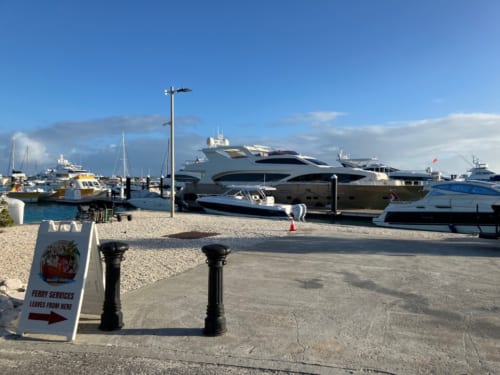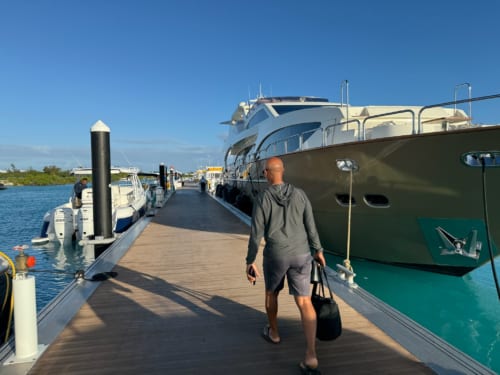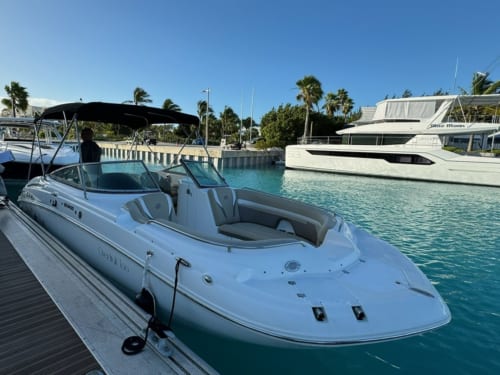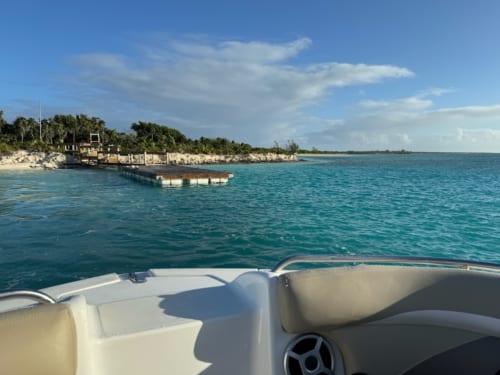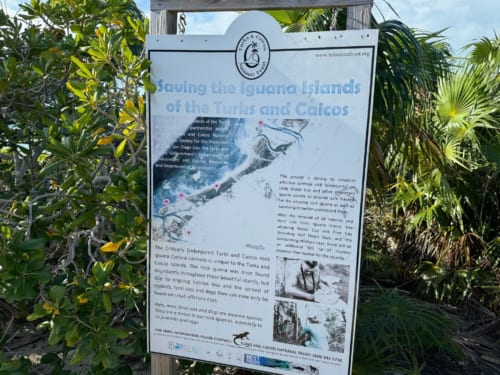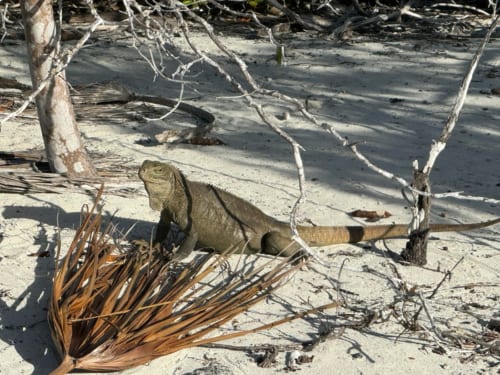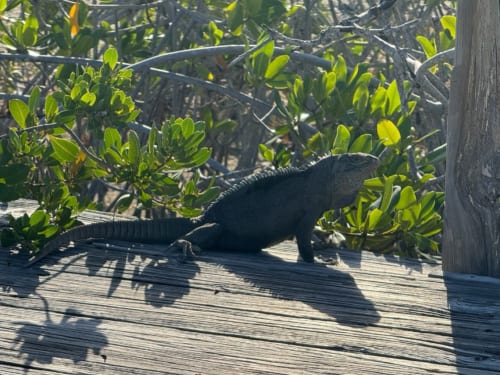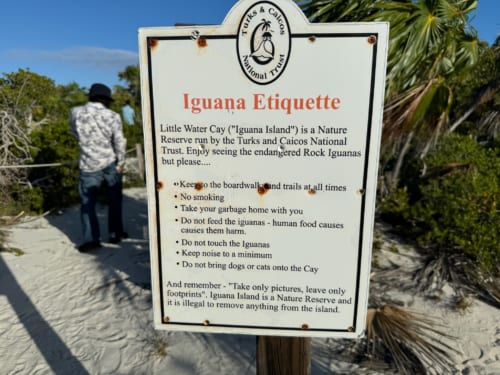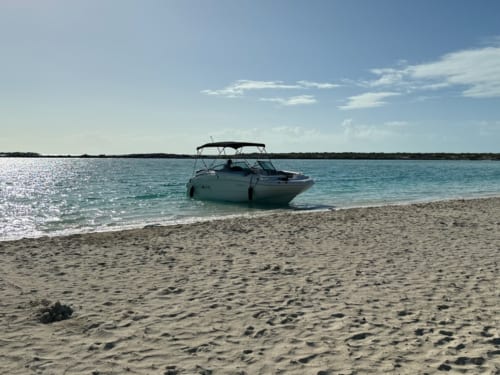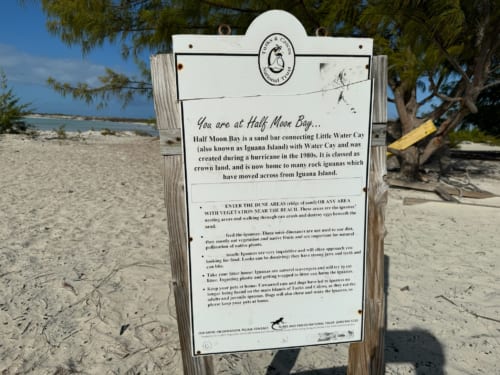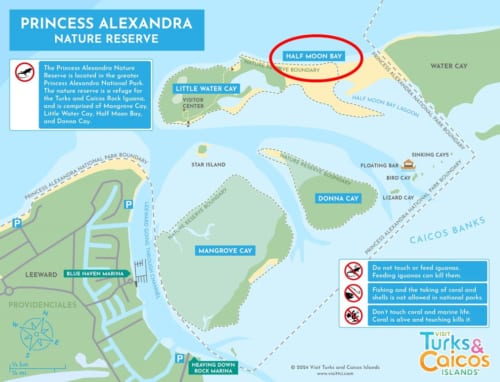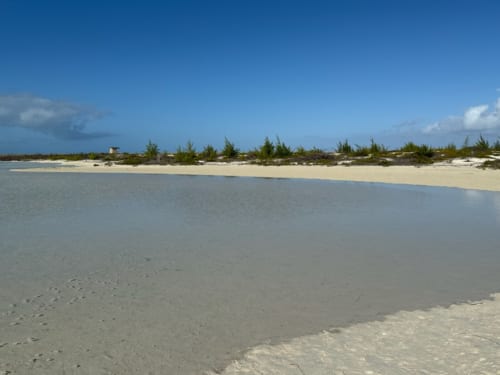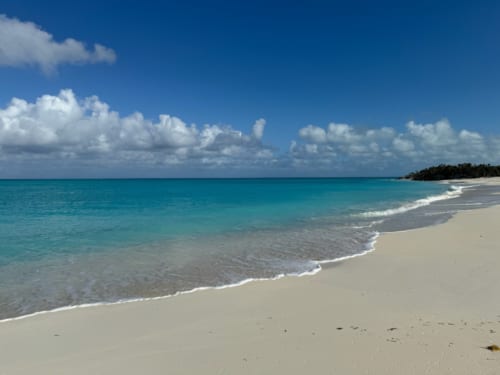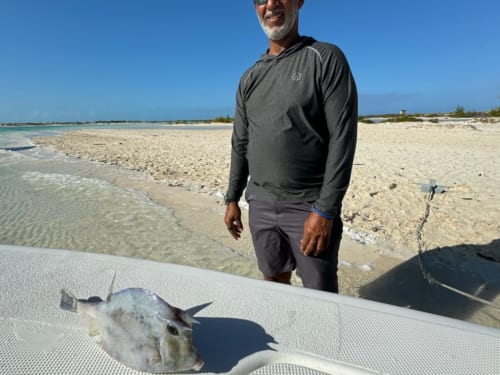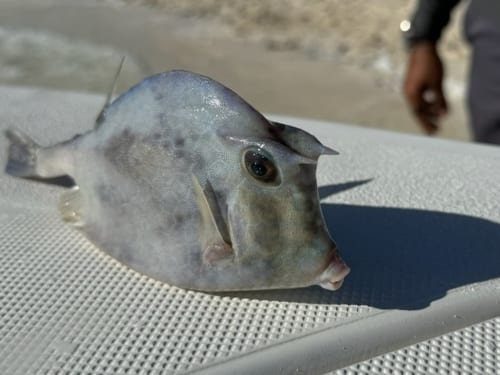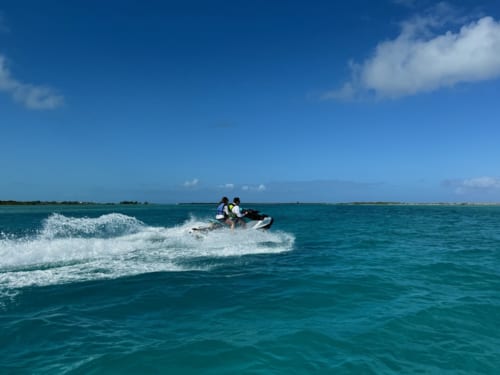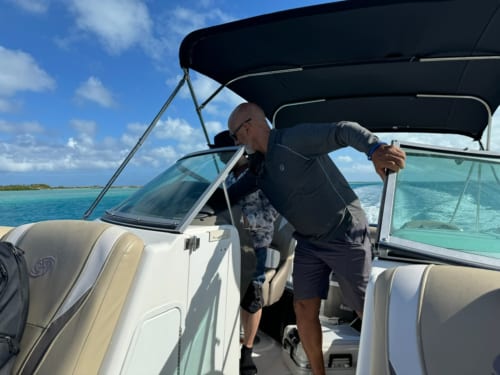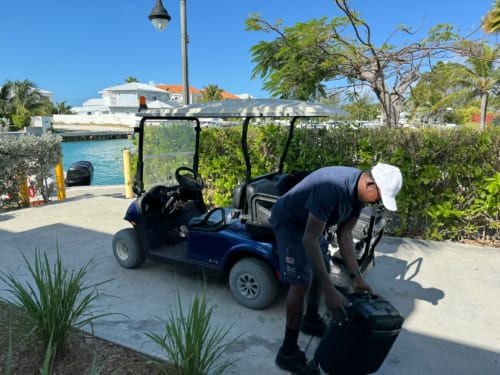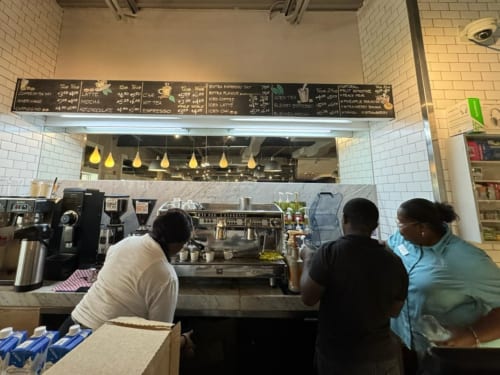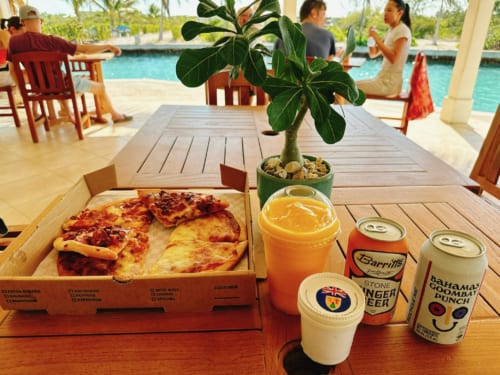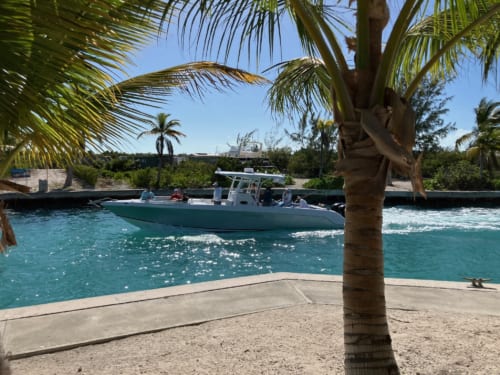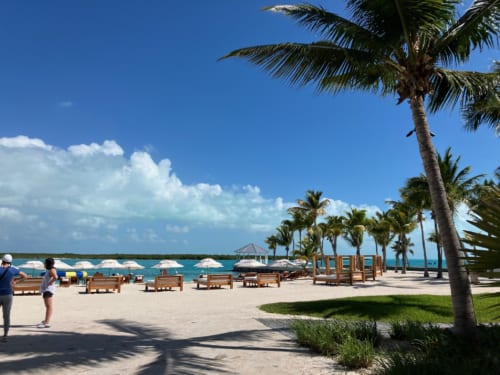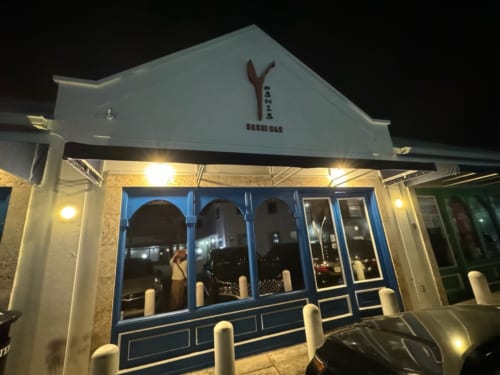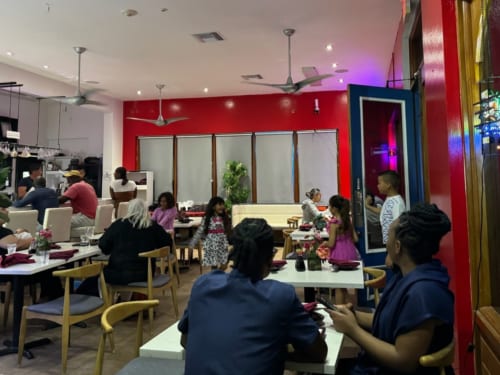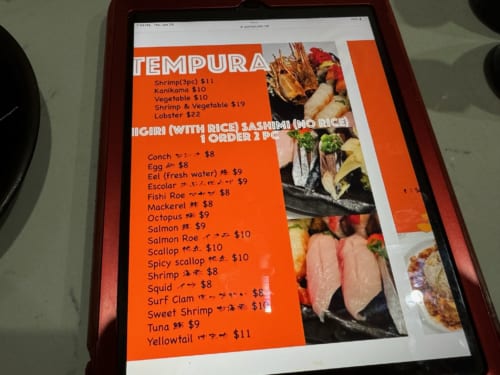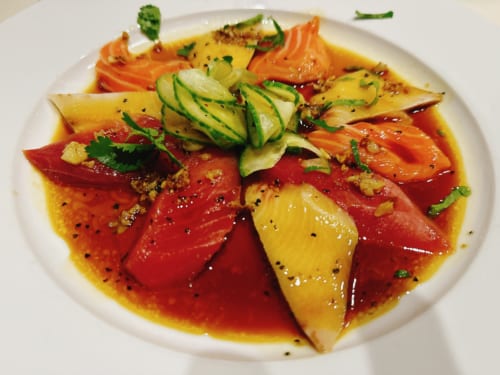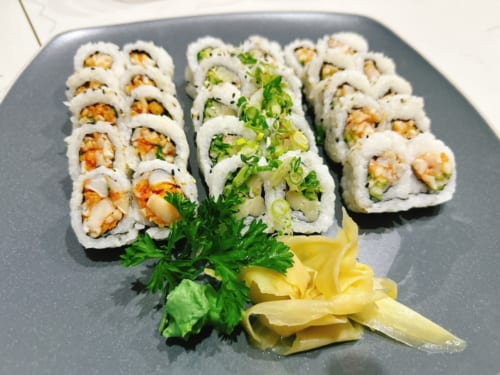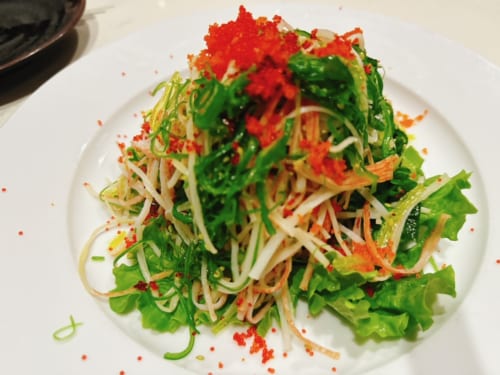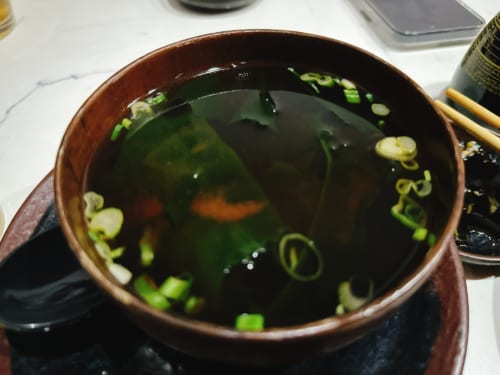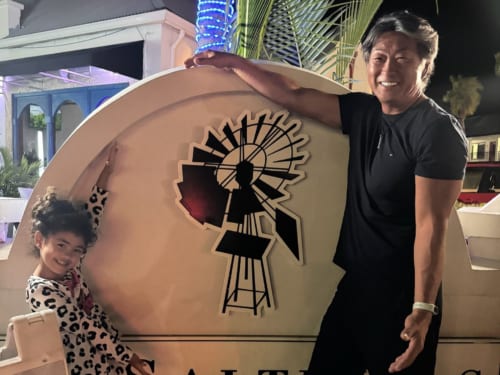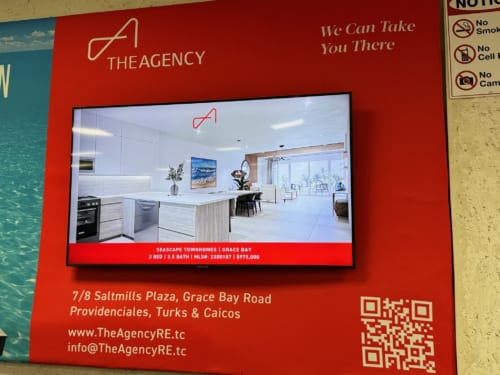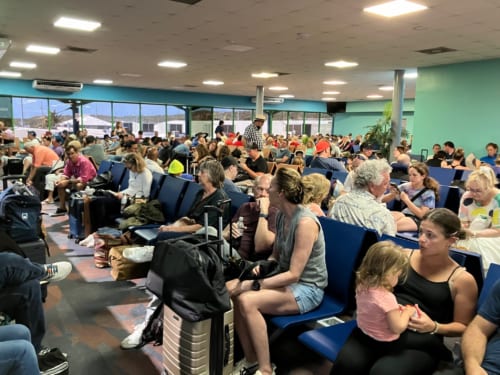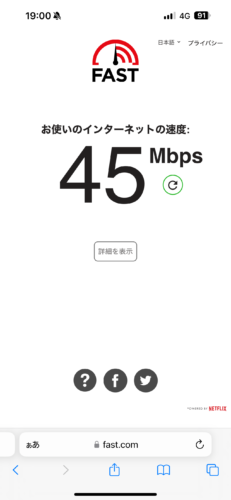The Turks and Caicos Islands is a British Overseas Territory consisting of the Turks and Caicos Islands, with the third largest barrier reef in the world and more than 40 islands, famous for its beautiful white sand beaches and Iguana Island tours. On the Island of Grand Turk, the capital is Cockburn Town. We chose to explore the beauty of “a small island near Providenciales Island” where there is an iguana paradise. Photos of the ocean or sandy beaches here are Instagrammable no matter who takes them. The ccTLD (country code top-level domain) assigned to Turks and Caicos is “.tc”.
◆Where is Turks and Caicos?
The currency used is the US dollar and the language is English, so there are many travelers from the mainland United States. It seems to be positioned similar to Okinawa, in Japan. Providenciales is located in the western Turks and Caicos Islands.
*As of January 2024
= Table of Contents =
◆Boating to Small Islands and Exploring
◆Iguana Paradise
◆Beach Created by a Hurricane
◆Japanese Restaurant Owners Not Only Serve Delicious Japanese Food – Dining in Turks and Caicos
◆The “.tc” Domain Seen Around Town
◆How to Purchase a SIM & Test the Internet Speed
◆Boating to Small Islands and Exploring
From the Bahamas we head to Turks and Caicos. We can see the island.
We’ve arrived at Providenciales International Airport. The flight took about 1 hour and 20 minutes from the Bahamas.
Due to the small number of immigration officers compared to the number of passengers, the process took a considerable amount of time.
After finally getting through immigration we headed to our hotel, The Lodgings SureStay Collection by Best Western. It’s about 5 minutes by car or 20 minutes on foot from the airport. The location is convenient, but its costly at $279 per person a night.
Rooms cost over 40,000 yen per night. But it’s no different from a typical hotel! We are suddenly aware of the high cost of living on the island.
The next morning, we took a taxi to the marina to board our chartered boat. “Beautiful by Nature” is written on the license plate, it’s the motto of the Turks and Caicos Islands and it represents the islands’ commitment to preserving the natural beauty.
The driver was flying at speeds over 100 km/hr. It felt like we were riding a roller coaster.
We arrived at the Blue Heaven Marina. Luxury boats fill the harbour.
We met up with the captain that will pilot the boat. We then followed him into the harbour area, which is reserved for boat owners. The charter fee is $300. We, the Domain Explorers, do most of our investigating by car or on foot, but this time we will mainly be going by boat.
Here is the boat we’re going to take. Let’s set sail!
◆Iguana Paradise
Our first stop will be Little Water Cay, an iguana paradise. We slowly make our way out of the harbour.
Once we left the bay, we picked up speed! It’s not long before we see Little Water Cay approaching.
It’s about 460 meters (499 yards) from Providenciales Island, so it takes about 10 minutes to get to the island’s pier.
We arrived at Little Water Cay. The $10 entry fee was included in the boat charter fee.
The island is designated as a nature reserve. The word Cay, in “Little Water Cay” means a small island.
Let’s walk down the pathway to look for iguanas. As this is a nature reserve, visitors must stick to the designated areas on the island.
We found an iguana! There are far more endangered iguanas on this island than humans. If you look closely, you see them everywhere.
Many iguanas will run away when they hear human footsteps. As we walk by, we can hear their footsteps running away before we can see them. However, there were also iguanas like this one, who was sunning itself around the pathway and not intimidated by us at all.
This iguana was motionless and still. However, they can also react quickly to objects like the light stones that roll down the hill.
A big iguana statue next to the pathway. Although you can see a lot of real iguanas, maybe this is for people who are unable to see iguanas due to bad weather or other reasons.
We only stayed for 40 minutes, but we were able to see many iguanas. We are sad to leave the iguana paradise behind but we have a busy schedule ahead of us. On the island it is prohibited to touch or feed the iguanas, as well as the fish and coral. Also, please note that smoking is prohibited in all areas when visiting.
◆Beach Created by a Hurricane
The captain recommends that we visit a beach close by. It’s a five minute boat ride. We arrived in no time.
We arrived at a place called, Half Moon Bay. This sandy beach was formed by hurricanes in the 1980’s.
It is located between Water Cay and Little Water Cay, an iguana-filled paradise.
It’s very beautiful, it should be called “Crystal Clear” or “Turquoise Blue”. The transparency is incredible. The sandy beach is shaped like a half moon, just as the name suggests.
Since it is connected to Little Water Cay, there are also many iguanas here.
The superb view here is of the Atlantic Ocean.
While we were enjoying the view, the captain was catching fish with his bare hands.
What kind of cute fish is this that you can catch with your bare hands so easily? If you look closely, he has a very cute face.
Let’s return to Providenciales Island. It’s perfect weather to enjoy jet skiing. It’s very picturesque.
There is a floating restaurant. We are told that it gets very busy and crowded on the weekends.
The leader of our Domain Expedition has a “First-class, small vessel” marine driver’s license. When I told the captain this, he asked him to take over the controls.
Our brave leader piloted the boat safely back to Providenciales Island. We said goodbye to our dear captain and headed out for brunch. There was a free ride service from the pier, so we decided to take it.
We went to the cafe, “The Market at Blue Haven“.
We ordered pizza, some local drinks and ice cream. Both the rich mango frappe and the bitter but refreshing ginger ale were delicious. The drink in the can on the far right of the photo is a drink associated with Bahamian folk music called Goombay, which is played using a goatskin-studded goombay drum.
You can dine while watching boats pass by on the waterway, playing cheerful music.
There is an all-inclusive (*) hotel nearby. Their beach is lined with luxurious day-beds. In Turks and Caicos, it is common to book all-inclusive vacations.
(*) All inclusive hotels generally provide meals, drinks, pool facilities, and other relaxation facilities and activities in the trip price.
◆Japanese Restaurant Owners Not Only Serve Delicious Japanese Food – Dining in Turks and Caicos
Let’s go to the Japanese restaurant, “Yoshi’s Sushi“.
The interior of the restaurant is similar to that of a typical local restaurant. There is no particular focus on Japanese style furnishings.
However, the menu offers a wide variety of sushi.
We ordered the sashimi plate ($20). The vinegar oil sauce gives the dish a carpaccio-like flavor. The appetizer had an exotic taste to it, sprinkled with crispy, crunchy textures.
The sushi we ordered ($24). The difference from Japanese sushi is that the nori (seaweed) is wrapped inside the rice.
The base of the salad was imitation crab and seaweed, with a tobiko-like fish roe on top ($17). As per the reputation, all the dishes were high-quality Japanese food and delicious!
We had miso soup to finish off the meal. The price was $6. In the Bahamas, it was 10 Bahamian dollars.
The Japanese owner, Mr. Yoshi, and his cute daughter not only served us delicious food, but also agreed to an interview.
He is from Fukushima Prefecture and has been in Turks and Caicos for 20 years. He told us that we were only the third Japanese group to visit Yoshi’s Sushi. If you ask him, he can arrange a tour of Iguana Island (Little Water Cay) for a reasonable fee.
◆The “.tc” Domain Seen Around Town
“.tc” was not used much, but we did see real estate agents using it at the airport.
The departure lobby was very crowded. The airport is not very large considering the number of passengers that use it, so it was nearly full.
This time, we flew home via New York on jetBlue, an American LCC. Although you may not be familiar with this airline because it does not serve Japan, it has many international flights to the Caribbean and other Latin American countries in addition to domestic flights in the United States. Despite being an LCC, its popular because of the high quality seats and free Wi-Fi.
◆How to Purchase a SIM & Test the Internet Speed
We checked the Internet speed in an urban area using eSIM’s Airalo. The speed was 45 Mbps.

